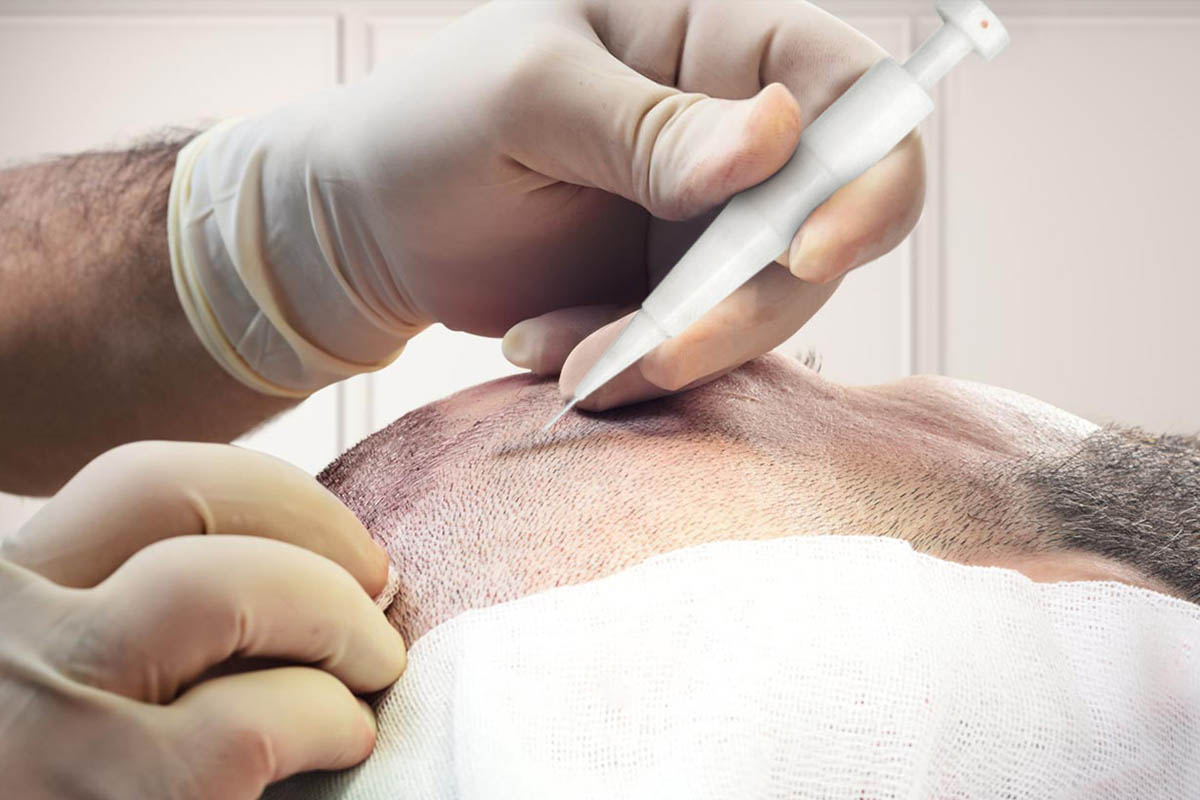The selection of an appropriate hair transplantation technique relies on various factors, such as the extent of baldness, the condition of the donor area, the required number of grafts, and more.
Hair transplant methods have progressed alongside technological advancements in the field, leading to the discovery of new tools and techniques.
Among the cutting-edge treatments for hair restoration is the hair implantation using the Choi Implanter pen.
This article aims to provide an overview of the Choi Pen, its impact on surgical procedures, as well as its pros and cons.

The Choi Implanter Pen: An Introduction
The Choi Implanter Pen, a revolutionary tool in the field of hair transplantation, was created in 1992 at Kyungpook National University in South Korea. This precise and efficient pen-like instrument has transformed the process of hair restoration, resulting in more natural-looking outcomes.
Resembling the shape of a pen, the Choi Implanter Pen features a hollow needle measuring between 0.5 mm to 1.0 mm at its tip. It is equipped with a micro motor that facilitates easy extraction of grafts.
Initially developed to address baldness patterns prevalent among Asian men, whose hair is typically thicker compared to Caucasian and African hair, the Choi pen was initially limited in its effectiveness for other hair types. However, with advancements in technology, it has been adapted to accommodate thinner hair textures as well.
Utilizing the Choi Implanter Pen: Timing and Purpose
The Choi Implanter Pen finds its application in hair transplant surgeries employing the Direct Hair Implantation (DHI) technique, renowned for its innovation and efficacy.
By leveraging the Choi Implanter Pen, grafts extracted from donor areas such as the back of the head, beard, or chest can be directly implanted onto the recipient area, eliminating the need for incisions on the skin. Once the grafts are extracted, they are placed within the Choi Pen’s hollow needle, connected to a tube and plunger, and meticulously implanted one by one onto the bald region at an accurate angle of 40-45 degrees.
The efficiency and swiftness of the Choi pen significantly contribute to higher survival rates for transplanted hair follicles. In contrast to other transplant techniques, where grafts are kept outside the patient’s body while the doctor prepares the channels, the Choi Implanter Pen minimizes the delicate duration. Unfrozen follicles can only survive outside the body for a maximum of six hours.
During the procedure, up to six Choi Pens with varying needle sizes can be employed, tailored to fit the specific graft dimensions based on the patient’s requirements.
Moreover, the Choi pen offers the advantage of conducting a hair transplant without the necessity of shaving the recipient area, making it an ideal choice for patients with long hair who prefer to retain their hair length throughout the procedure.
Pros and Cons of the Choi Implanter Pen
Advantages of the Choi Pen:
Enhanced control over the angle of implantation, resulting in a more precise and natural-looking outcome.
Improved graft survival rates, ensuring a higher success rate for transplanted hair.
Ability to achieve higher density in the transplanted area, creating a fuller and more aesthetically pleasing result.
Reduced risk of infections and bleeding due to the absence of incisions during implantation.
Faster recovery time compared to other techniques, enabling patients to resume their regular activities sooner.
Elimination of the need to shave hair in the recipient area, accommodating patients who prefer to maintain their existing hair length.
Disadvantages of the Choi Pen:
Requires additional effort and specialized training for the medical team to effectively utilize the Choi Implanter Pen.
Relatively higher cost compared to alternative hair transplant techniques.
Limited to a certain number of grafts, typically ranging from 3500 to 4000 grafts.
Not the optimal choice for individuals with very curly hair, as it may present challenges during the implantation process.

Comparing DHI Transplant with Choi Implanter Pen to FUE Sapphire Transplant
When it comes to hair restoration techniques, two highly researched and favored options are DHI (Direct Hair Implantation) with the Choi Implanter Pen and FUE (Follicular Unit Extraction) Sapphire.
Choi Implanter Pen vs. FUE Sapphire: Which is superior and why?
Both techniques involve graft extraction from the donor area and subsequent transplantation into the balding areas. However, Choi Implanter Pen allows for direct implantation of grafts into the patient’s skin without the need to wait for channel openings (incisions).
The utilization of the Choi pen streamlines the entire process, reducing trauma and bleeding, facilitating faster recovery, and enhancing graft survival rates.
Another distinction between these two exceptional hair restoration treatments lies in their application. Choi Implanter pen does not require patients to shave their heads before surgery, whereas FUE Sapphire typically necessitates shaving. Additionally, while Choi Pen can achieve higher density, FUE Sapphire may be a more suitable choice for individuals with larger bald areas.
Moreover, performing a hair transplant operation with the Choi pen demands greater skill and experience compared to FUE, as medical teams undergo an extensive training period to specialize in this technique.
Both methods are minimally invasive and yield excellent results. However, it is crucial for a doctor, following a thorough patient examination, to determine which option is best suited for the individual.
Therefore, prior to undergoing a hair transplant surgery, we recommend selecting a reputable clinic that can provide comprehensive support and detailed information.
Addressing Scarring Concerns: The Choi Implanter Pen
As stated earlier, the utilization of the Choi Implanter Pen during hair transplantation eliminates the need for scalp incisions, reducing bleeding and trauma. This advanced technique not only accelerates recovery time and wound healing but also minimizes the risk of scarring. However, it is essential for patients to diligently adhere to the post-operative guidelines provided to achieve the best possible results.
At IstanBest Clinic, we prioritize the well-being of our patients and offer comprehensive post-operative guidelines to assist and support them during the initial weeks following their hair transplantation procedure. For more detailed information, we encourage you to visit our website. Rest assured, we strive to provide optimal care and ensure a successful hair restoration journey.




